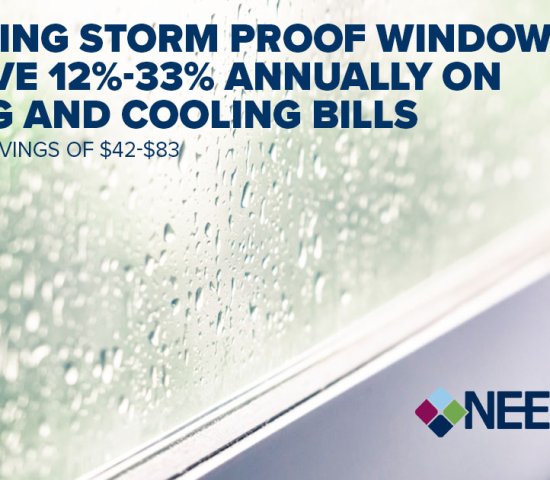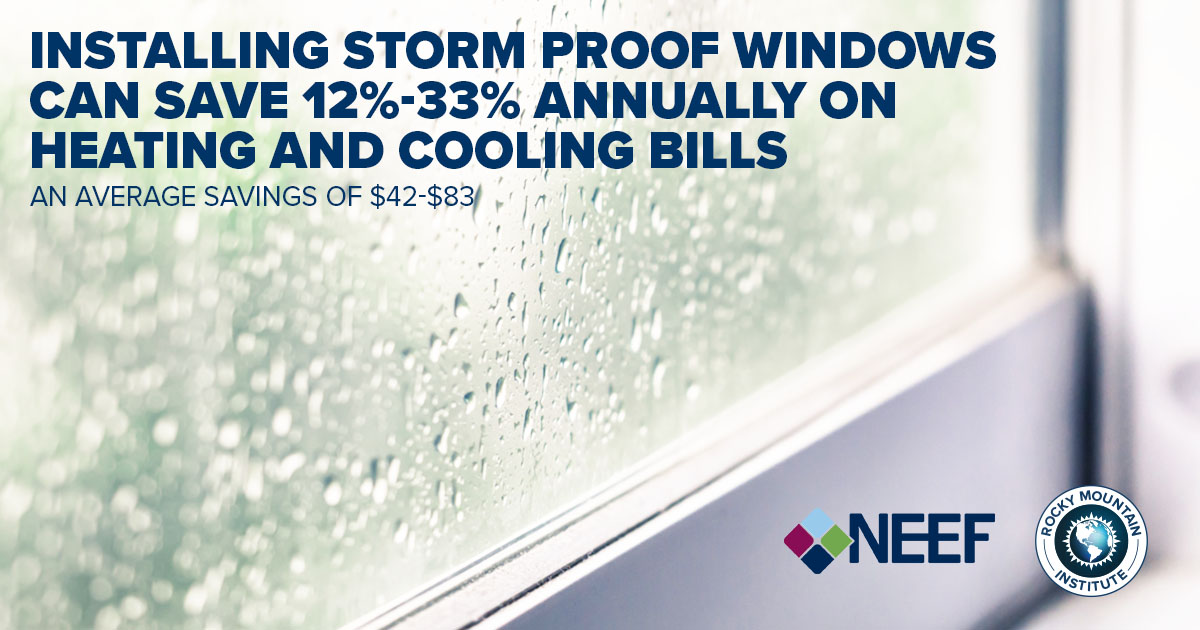
NEEF teamed up with the Rocky Mountain Institute (RMI) to develop and distribute environmental education materials on residential energy efficiency, energy upgrades, and renewable energy.
Drafty, energy-inefficient homes can seem perfectly fine when conditions are moderate, and many homeowners don’t think much about doing a home energy upgrade despite the many health, comfort, and financial benefits. But improved home energy performance can jump to the top of the priority list during a heat wave or a cold snap, during a power outage, or when the prices of home heating fuels soar.
Start by improving your home’s insulation and sealing any drafts. According to experts this is the best way to lower your energy bills while keeping your house warm and cozy this winter. Take on the biggest culprits in the home first:
- Draft proof your home by sealing gaps around windows and doors and other building penetrations with caulk or weather stripping to keep the cold air out, and the warm air in.
- Be sure to weather strip double-hung windows to save as much as $83 each year on energy bills.
- Add insulation to your attic and/or walls to stay warm while also saving up to 30% on winter heating costs. Also, adding insulation above the ceiling can increase roof ventilation to make the roof area warmer, and prevent ice buildup.
- Insulate water pipes to prevent freezing, while also saving energy and money on water heating.
- Consider installing storm proof windows for an added layer of insulation and protection. These can save up to 33% annually on heating.
Check out this shareable graphic on Storm Proof Windows. To download, right-click on it and select “Save image as” from the menu.
